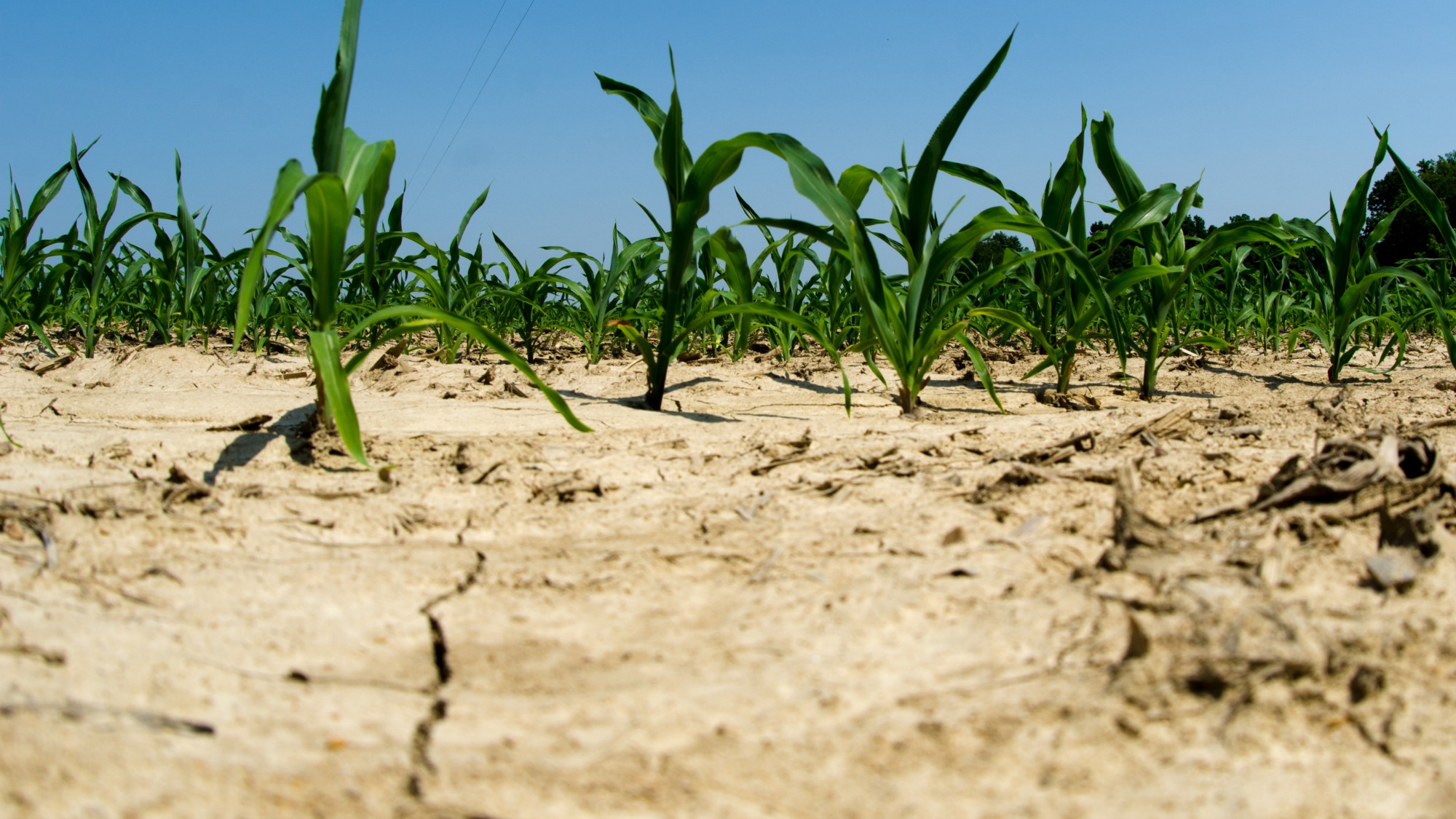If you are anything like us, you’re waiting for the Intergovernmental Panel on Climate Change to publish the next installment of its epically important assessment report with bated breath. Rejoice: The waiting is over, thanks to an intrepid sneak who leaked the doc ahead of schedule.
The latest leak gives us a peek at the second quarter of the most recent assessment (it’s the fifth assessment report since 1990 by the world’s leading climate change authority). The document, scheduled to be unveiled in March, deals with the severity of climate impacts and worldwide efforts to adapt to it.
Now, technically we’re supposed to wait until the final draft is officially published before sharing its contents with you climate-news-hungry readers. But we just can’t resist: Here is our summary of some of the upcoming report’s key findings, accompanied by a boilerplate warning: Despite being marked “final draft,” these conclusions could change between now and the official release in March.
Global warming will probably kill a whole lot of people
As the world heats up, heat waves, fires, and crop-withering droughts will leave heavy casualties in their wake. (Then again, fewer people will die of frostbite. Har!) Overall, though, the authors of the report have “high confidence” that any world health benefits will be overwhelmed by negative impacts.
“The most effective adaptation measures for health in the near-term are programs that implement basic public health measures such as provision of clean water and sanitation, secure essential health care including vaccination and child health services, increase capacity for disaster preparedness and response, and alleviate poverty,” the authors note.
Meanwhile, climate change is expected to exacerbate wars and violent protests. It will do that by fostering the types of problems that traditionally lead to violence: poverty and economic shocks. That in turn will shape national security policies. “[C]hanges in sea ice, shared water resources, and migration of fish stocks, have the potential to increase rivalry among states,” the report says.
There’s plenty of danger to go around
The type of climate risks vary widely in different parts of the world, but the report authors conclude that certain threats are widespread. They include the risks of death and disruption in low-lying coastal zones; dangers of food insecurity, with risks of starvation greatest among the world’s poor; “severe harm” risks of flooding in cities; the collapse of ocean and land ecosystems and the food they provide; and deaths and illnesses caused by heat waves.
Hundreds of millions of people will be affected by flooding, with many of them driven from their homes by the end of the century. The majority of those affected will live in Asia. Certain low-lying developing countries and island states (like Tuvalu) face very high impacts from rising seas (like, uh, disappearing altogether).
Farming gets harder
The biggest impacts from climate change will be felt on farms, which will endure worsening water shortages and will have to deal with shifting growing ranges. That’s going to make it harder to feed the world its staples of wheat, rice, and corn. Climate change could reduce yields of these crops by as much as 2 percent each decade for the rest of the century, and that will coincide with rising demand for food by growing populations. But if farms and agricultural systems proactively adapt to global warming, they could actually reap a rare benefit and increase yields by as much as 18 percent compared with today’s harvests.
Climate change is helping some farming regions, especially those close to the poles, but “[n]egative impacts of climate change on crop and terrestrial food production have been more common than positive impacts.”
Animal Planet will get really boring
Species of plants and animals are more likely to go extinct as the weather goes haywire, and polar ecosystems and coral reefs are especially vulnerable to ocean acidification.
Governments the world over are developing plans and policies for adapting to the changing climate
In North America, most climate adaptation work is occurring at the municipal level, with much of the region’s climate planning focused on energy and infrastructure impacts. In Africa, “most” national governments are initiating adaptation systems. In Europe, adaptation efforts are focused mostly on managing coastal, water, and disaster risks. In Asia, adaptation efforts are focused on managing water resources. Australia, New Zealand, and surrounding islands are planning for sea-level rise, with residents and regional governments in southern Australia preparing for ongoing water shortages. In Central and South America, efforts to conserve wild places and native cultures as the climate changes are becoming increasingly common. Residents of the Arctic have a long history of adapting to changing weather patterns, but “the rate of climate change and complex inter-linkages with societal, economic, and political factors represent unprecedented challenges.”
Better late than never
Reducing greenhouse gas emissions over the next few decades could “substantially reduce risks of climate change” during the second half of the 21st century, when the planet is expected to really go bonkers.



